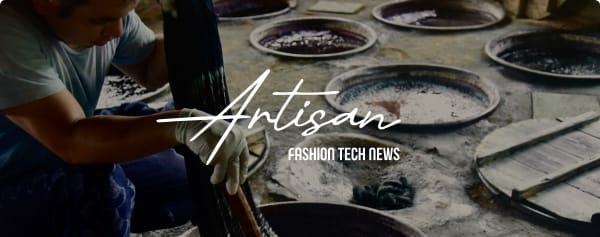The Little-Known Sericulture of Japan: The "Scientific Knowledge" & "Faith" Continuing from Modern to Contemporary Times (Machiko Sawabe)

Silk has been a prominent material supporting the fashion industry. In Japan, it has been a familiar material since ancient times, especially in kimono, and continues to be a highly popular luxury material that fascinates people worldwide.
“Sericulture,” which produces the cocoons that are the raw material for silk, is said to have started in Japan during the Yayoi period. Over time and through the process of modernization, it was positioned as a major industry. With the establishment of the Tomioka Silk Mill in 1872, which later became a UNESCO World Heritage site, Japan achieved mass production of “raw silk” spun from cocoons through its first large-scale mechanical silk reeling factory.
Raw silk became the top export product, culminating in the highest export volume in the world in 1909, and continued to be a main export product until the early Showa period. Japanese sericulture is known not only for its long history but also for its contribution to modernization.
Although numerous studies have been conducted on the relationship between sericulture and humans, cultural anthropologist Machiko Sawabe has approached it from not just a technological perspective but also from anthropological viewpoints such as faith and corporeality of those involved in sericulture.
This article is for members only.
Please register to read the rest of the article.
What you can do with a membership
- Read members-only articles
and use text-to-speech. - Unlimited article favourites
and browsing history. - Attend members-only events.
- Get the latest information
with our email newsletter.
Share Article
CONCEPT VIDEO
"fashion tech news" Unveils New Logo & Concept Video
TOP ARTICLES
RELATED ARTICLES
CONCEPT VIDEO
"fashion tech news" Unveils New Logo & Concept Video
CONTACT
If you have any questions or enquiries, please enter your details in the form below.












